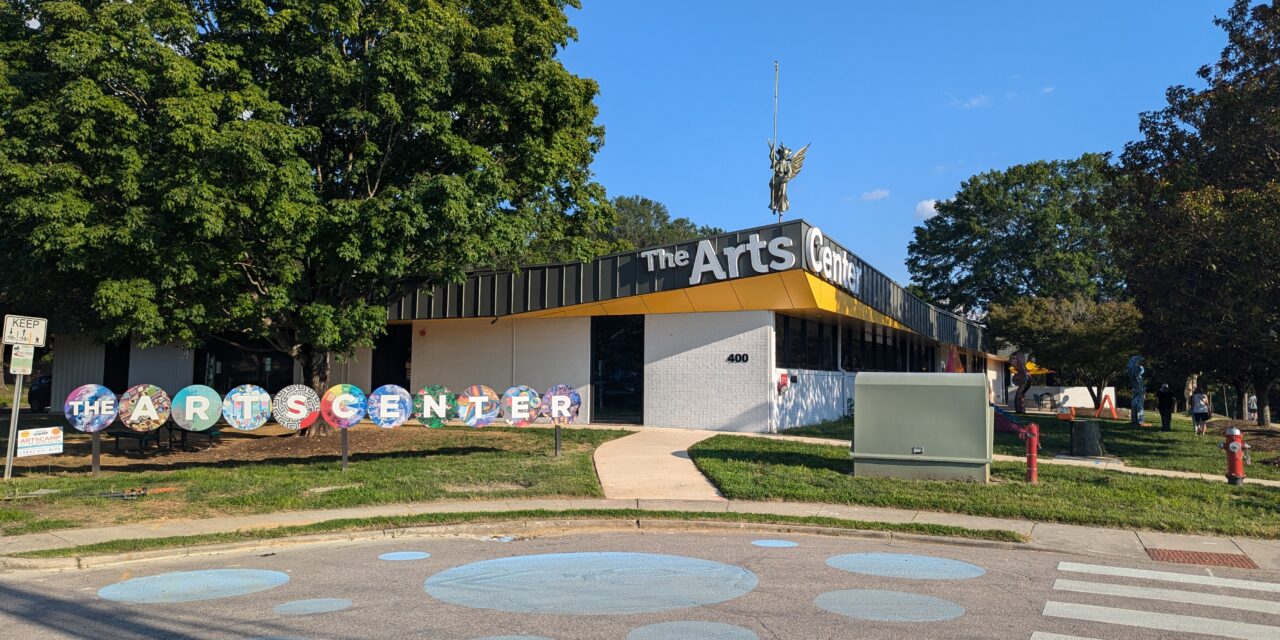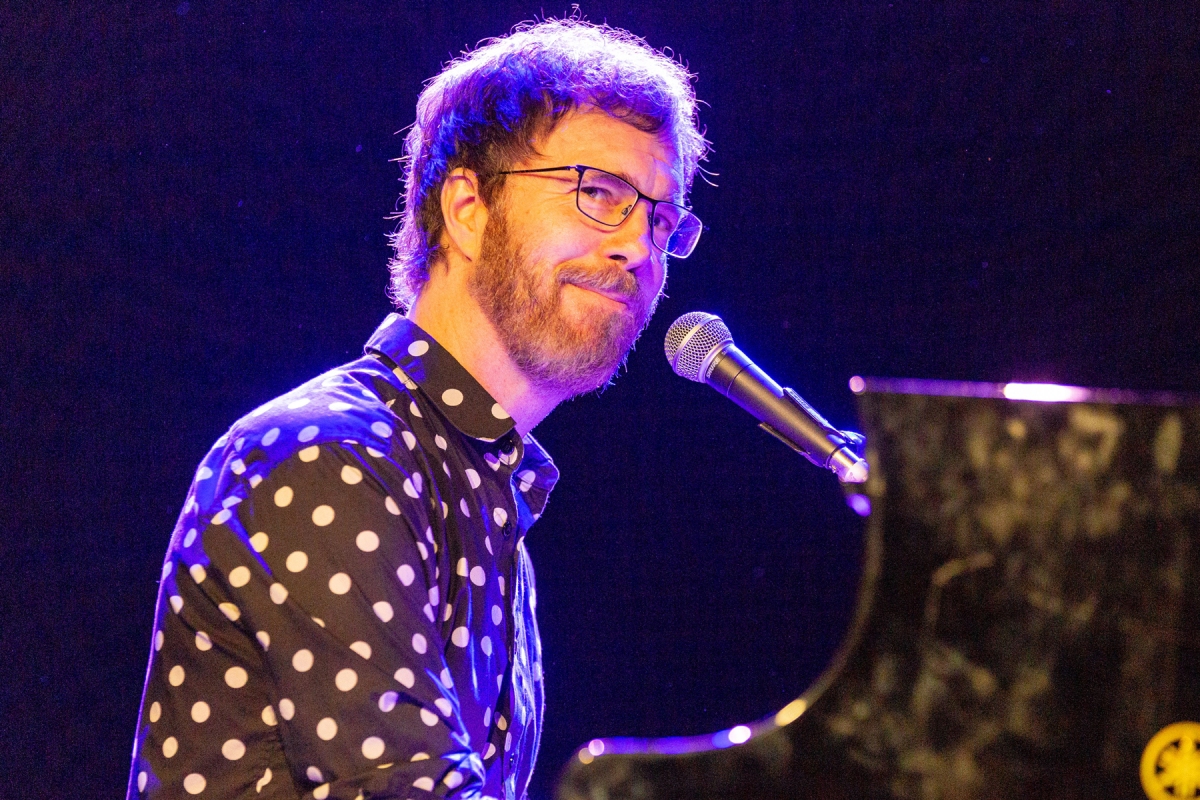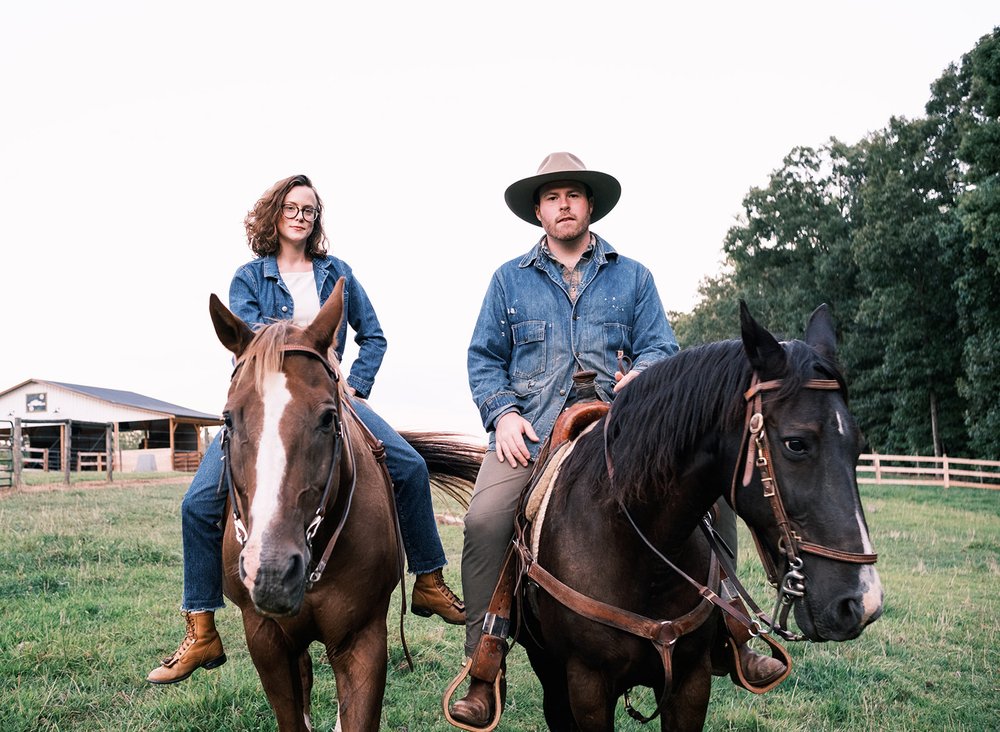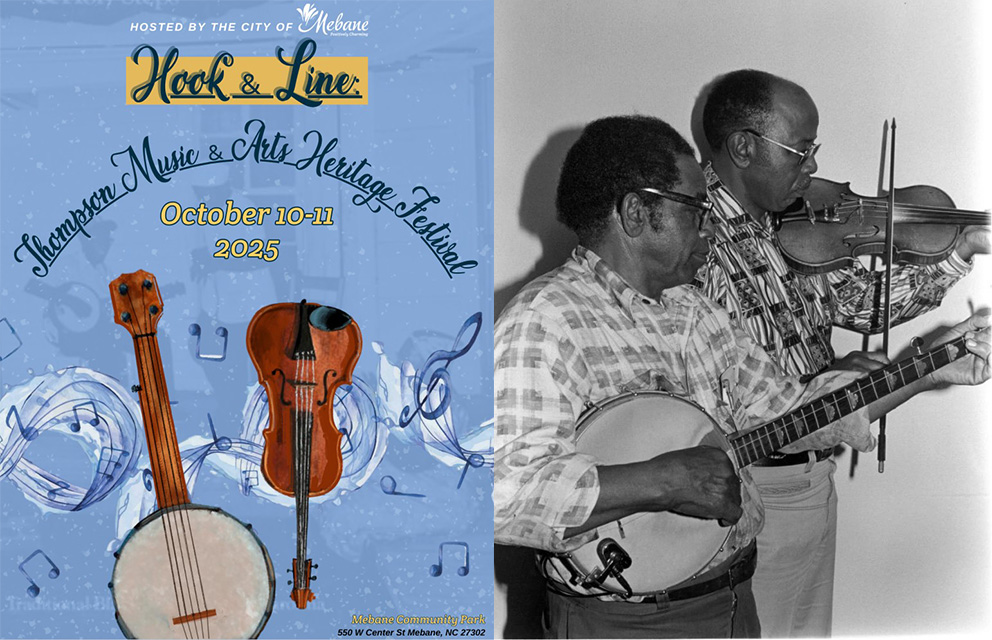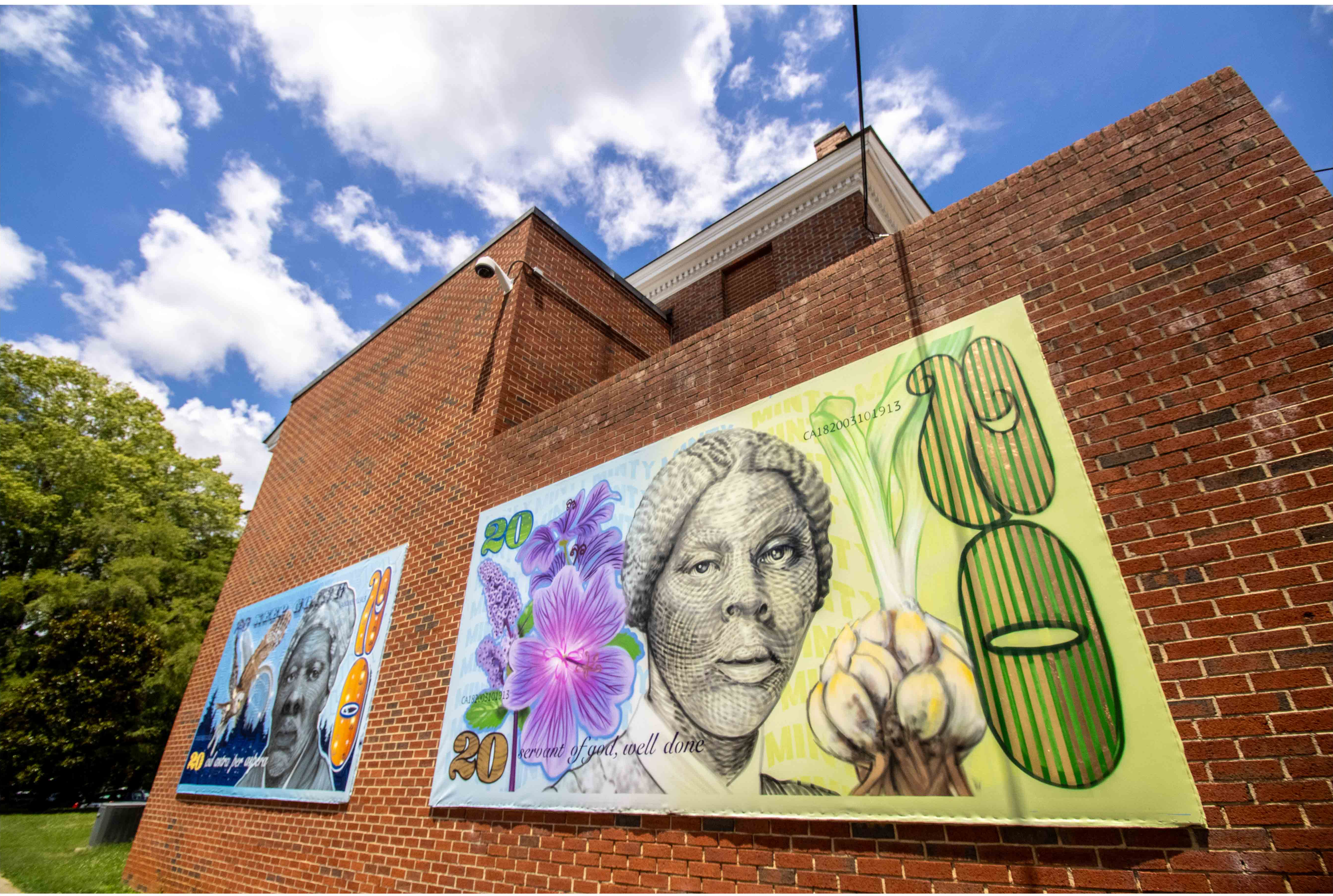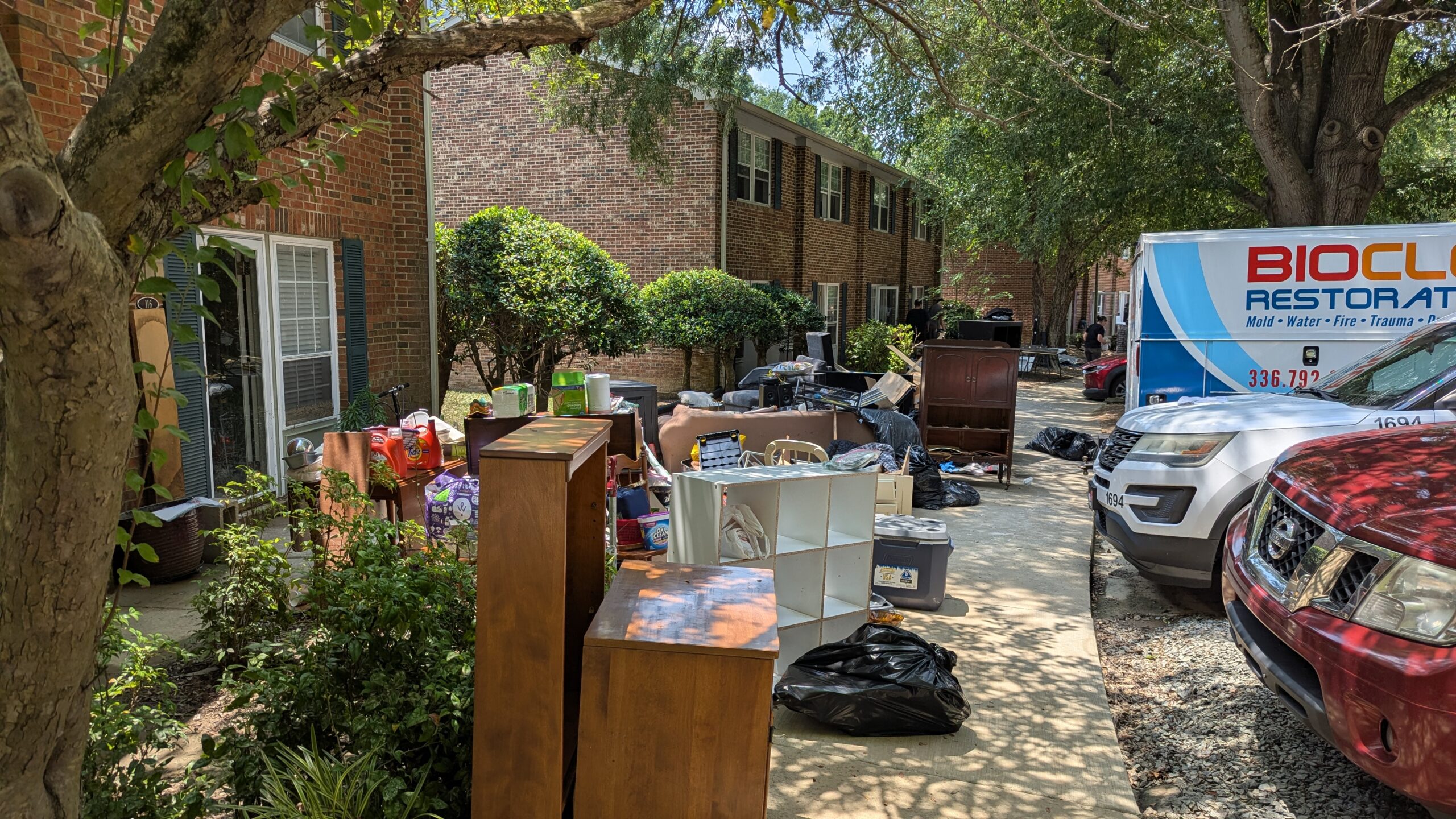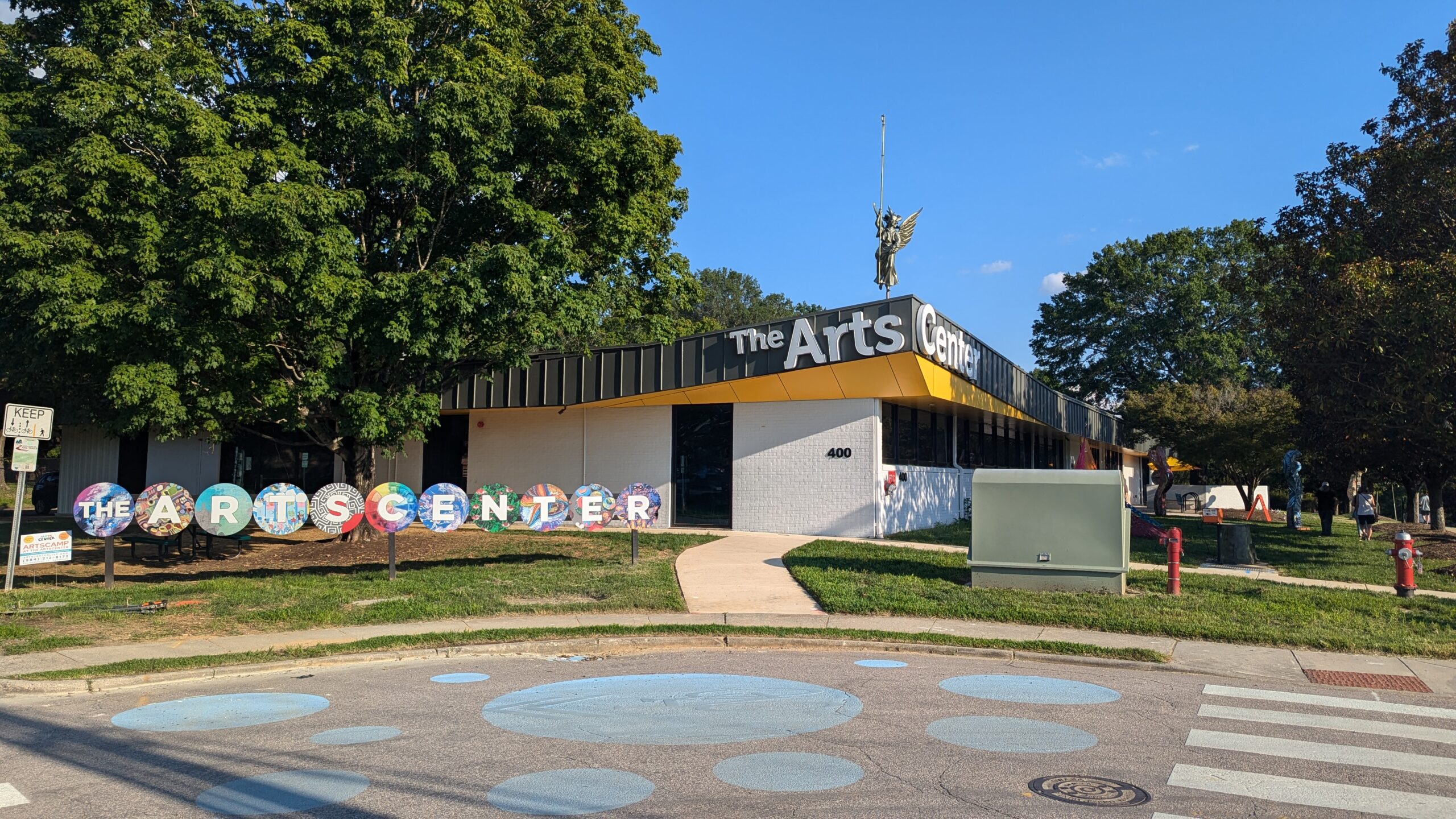A recent national survey examined the impact of arts nonprofit organizations on local economies. In Orange County, the industry benefits more than just artists, but it is still seeking support, especially following the COVID-19 pandemic.
At an October Board of County Commissioners meeting, Orange County Arts Commission director Katie Murray presented how arts nonprofit organizations are an integral part of the local economy. In 2022, Orange County’s nonprofit arts sector generated about $70 million in resident household income and more than 2,000 full time jobs, both arts-related positions and otherwise.
For example, if UNC’s Memorial Hall hosts an event, a lot of people benefit, not just performers and ushers, or those in arts-related jobs, Murray explained.
“You’ve got your restaurant wait staff that’s been bumped up to accommodate a bigger crowd, you’ve got parking attendants and babysitters,” she said. “So you have a lot of people who are working that night, even though their jobs have nothing to do with the arts.”
And the nonprofit arts industry generated about $107 million in 2022 for Orange County, according to a 2023 Americans for the Arts survey.
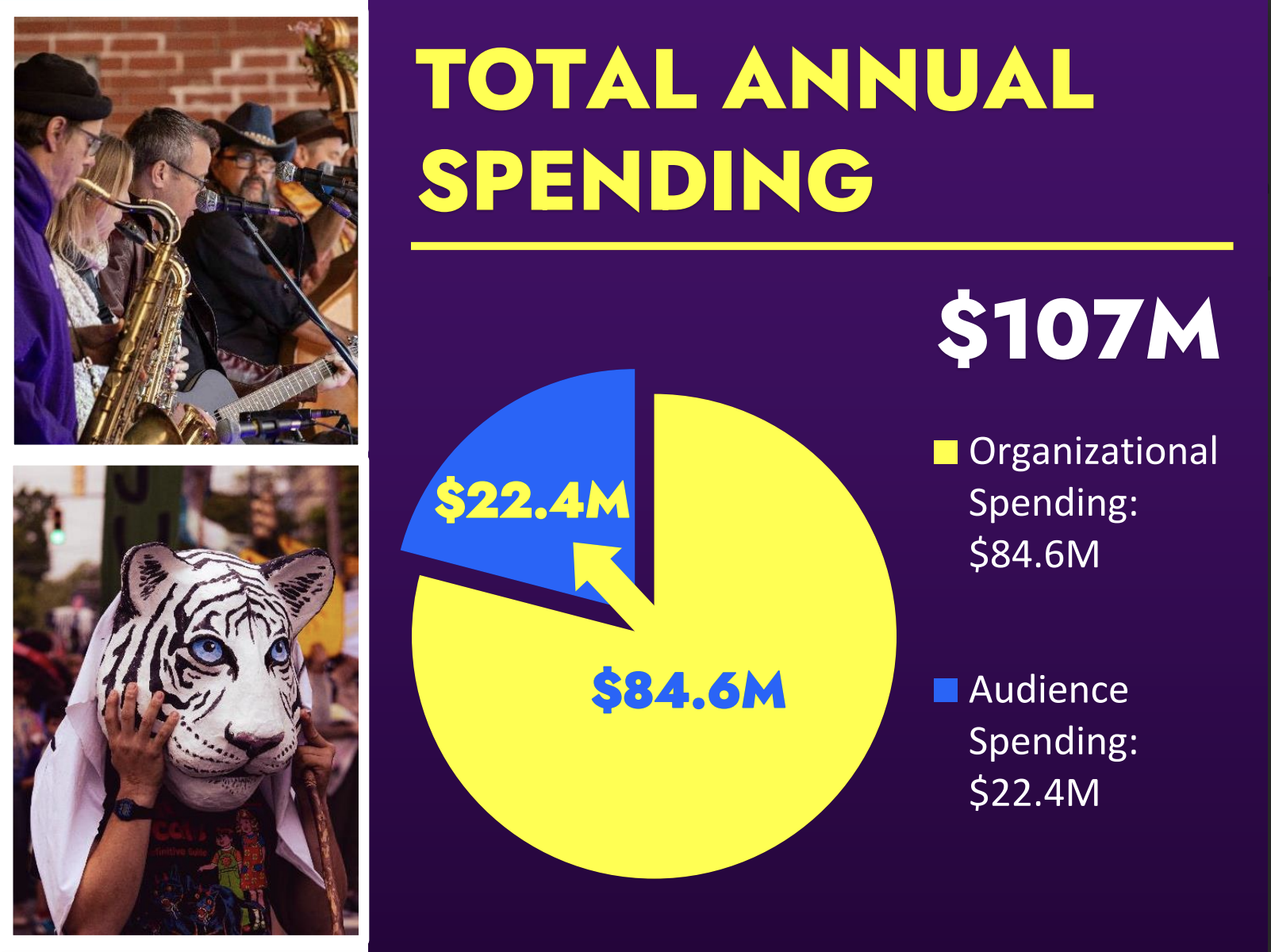
Image via Orange County Arts Commission.
Typically conducted every five years, the Arts and Economic Prosperity survey examines economic activity in a community, looking at the spending habits of both arts nonprofit organizations and arts-goers nationwide.
For Chapel Hill, Carrboro, and Hillsborough, the data was collected from 103 arts agencies, as well as 1,200 audience surveys from those who attended arts events in Orange County. Murray presented the findings to the board in a new report, “The State of the Arts in Orange County.”
Murray said this organizational spending by arts nonprofit groups, like utilities and payroll, accounted for about three quarters of the industry’s annual spending total in Orange County. Audience spending leveraged the other $22.4 million.
Orange County has more than 170 nonprofit arts organizations, and the fact that art demands an audience is what separates it from any other nonprofit sector, Murray said.
“They are not where money goes to die,” the director said. “You invest in the arts, they bring people into your community who spend money in your communities. So when you’re investing in the arts, even though they are a part of the nonprofit sector, you are investing in your community.”
When attending arts events in Orange County, an average audience member spends $24.65 and local residents spend about $20, excluding cost of admission. Murray said they spend the most on meals and the least on lodging.
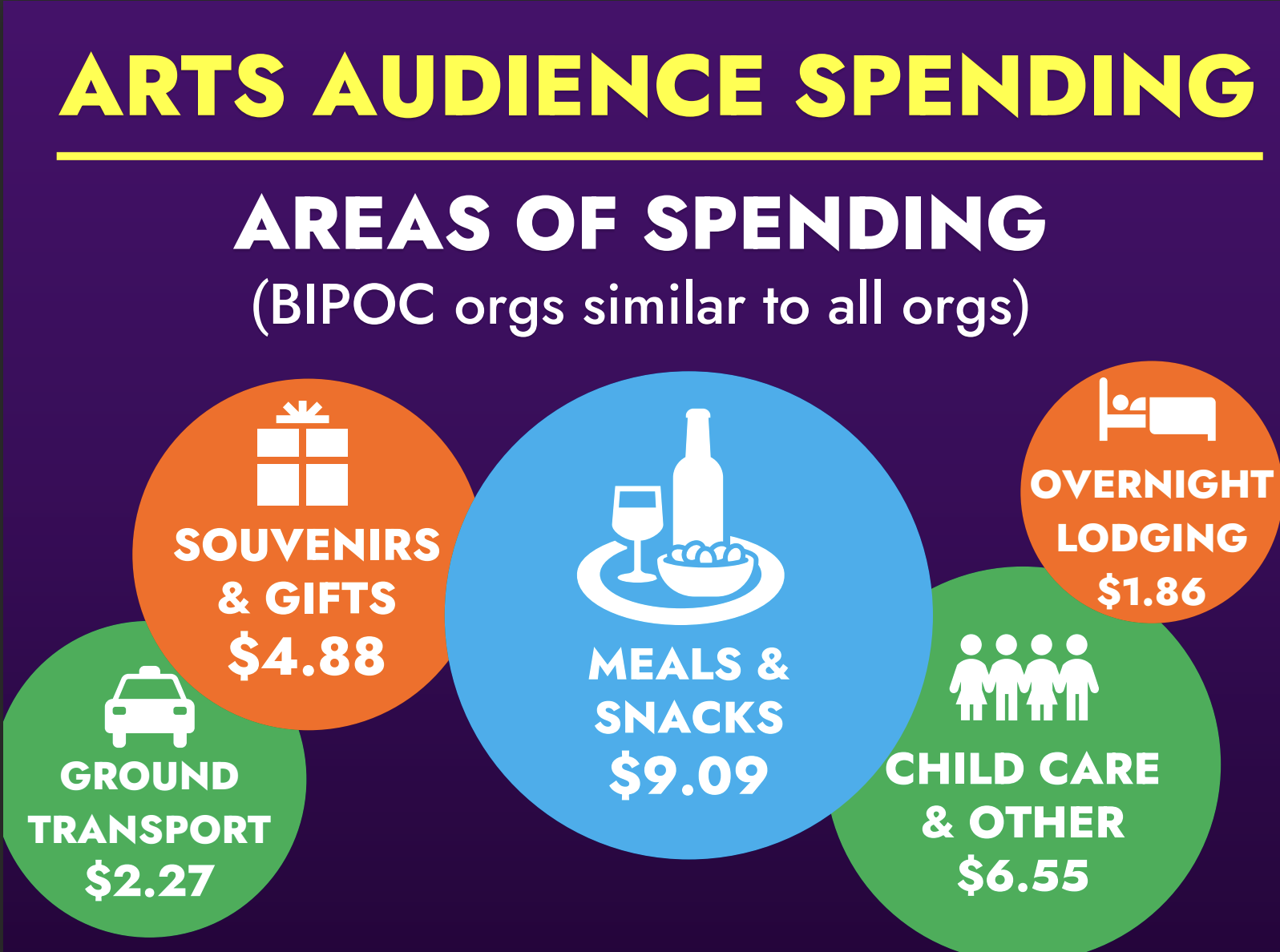
Image via Orange County Arts Commission.
Only in Chapel Hill are the majority of patrons not Orange County residents. Still, they are typically coming from the Triangle area, Murray added.
So while Orange County’s nonprofit arts sector isn’t driving “heads in beds,” she said it is prompting local spending in restaurants and commercial spaces. And it is an argument for why people should support nonprofit arts organizations, she explained.
Murray described a healthy creative community as one that provides places for artists to create, to work, to learn and to live. But she said Orange County is struggling in all those areas, expressing the most concern for the latter piece.
“Artists are absolutely leaving our community because they can’t afford to live here anymore,” Murray said. “So the affordable housing issue is very relevant to our arts community as well.”
Describing artists as natural “thought leaders,” the director encouraged the community to involve artists in housing, sustainability, and transportation planning.
“We’re a thought leader in the state, and I feel like this is an area that we could be leading in, putting our creatives to work in helping us get involved in some of our community issues,” she told the board.
Murray said to preserve the creative economy also means paying artists a living wage and supporting arts agencies. Because private support for the nonprofit sector is decreasing nationally across the board, she said public support is more important than ever.
The fact is especially true, as the arts industry is still recovering from the pandemic, Murray continued. She cited how the Bureau of Economic Analysis named it one of the top three steepest declining industries in 2020.
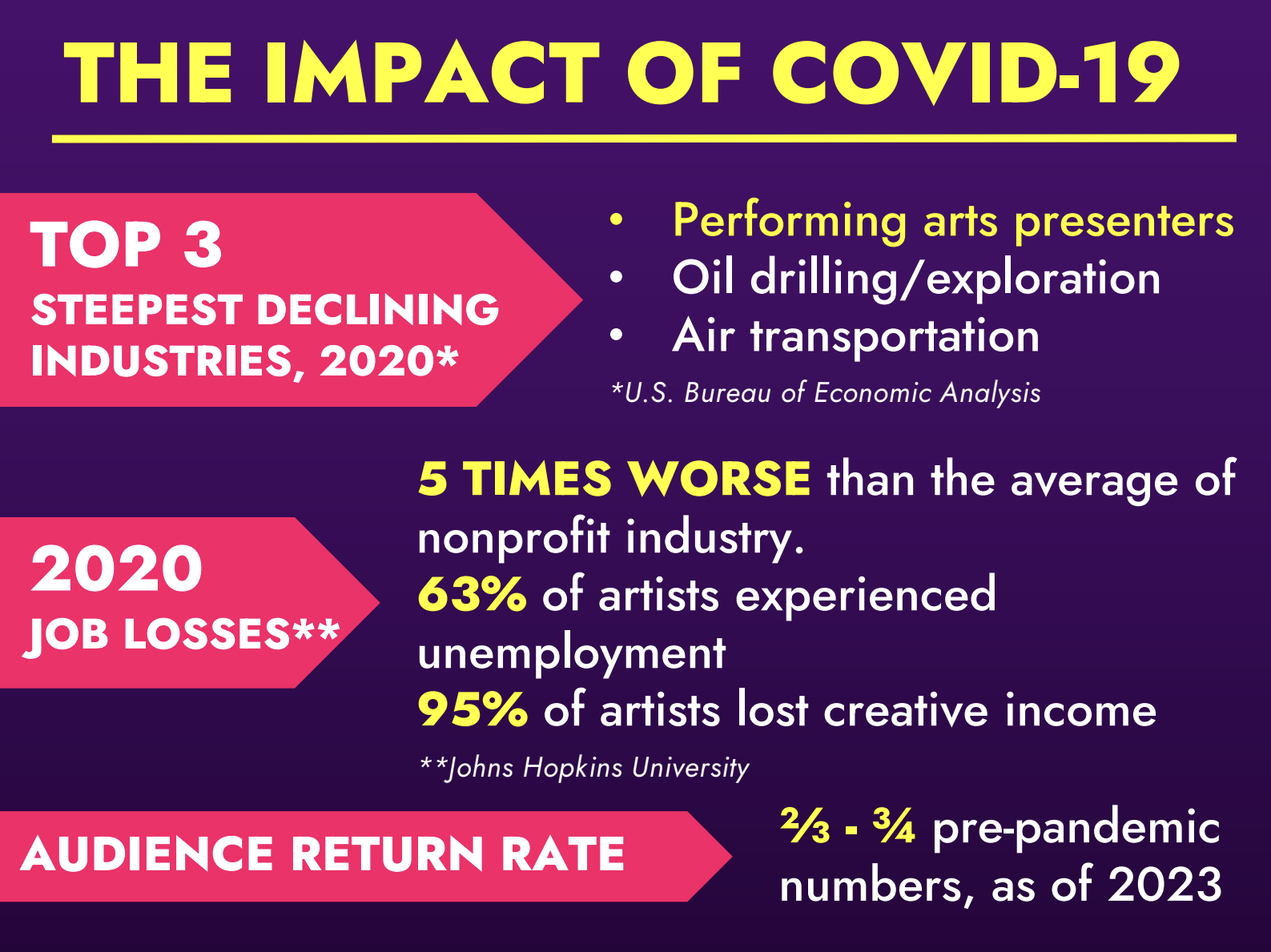
Image via Orange County Arts Commission.
Job losses in the arts sector were also five times worse than the nonprofit industry average, and 95 percent of artists lost creative income during that time, the director said. However, arts patrons in 2022 generally spent 50 percent more than sports patrons did in 2023, Murray added, citing a Sports Tourism Research Institute survey.
“And it’s important to note the difference in those two years,” Murray said. “Because in 2022 we were still crawling out of our houses, cautiously, wondering if we were okay. ‘23 we were like, ‘We’re free!’”
Although she described the local scene as a sports community, the director said there generally needs to be more support for artists and the arts organizations employing them.
“We’ve got to bring in arts patrons too, they spend a whole lot of money in our communities,” Murray said. “So it shouldn’t be an ‘either or,’ it should be an ‘and.’”
To watch the full meeting, click here.
Chapelboro.com does not charge subscription fees, and you can directly support our efforts in local journalism here. Want more of what you see on Chapelboro? Let us bring free local news and community information to you by signing up for our newsletter.

